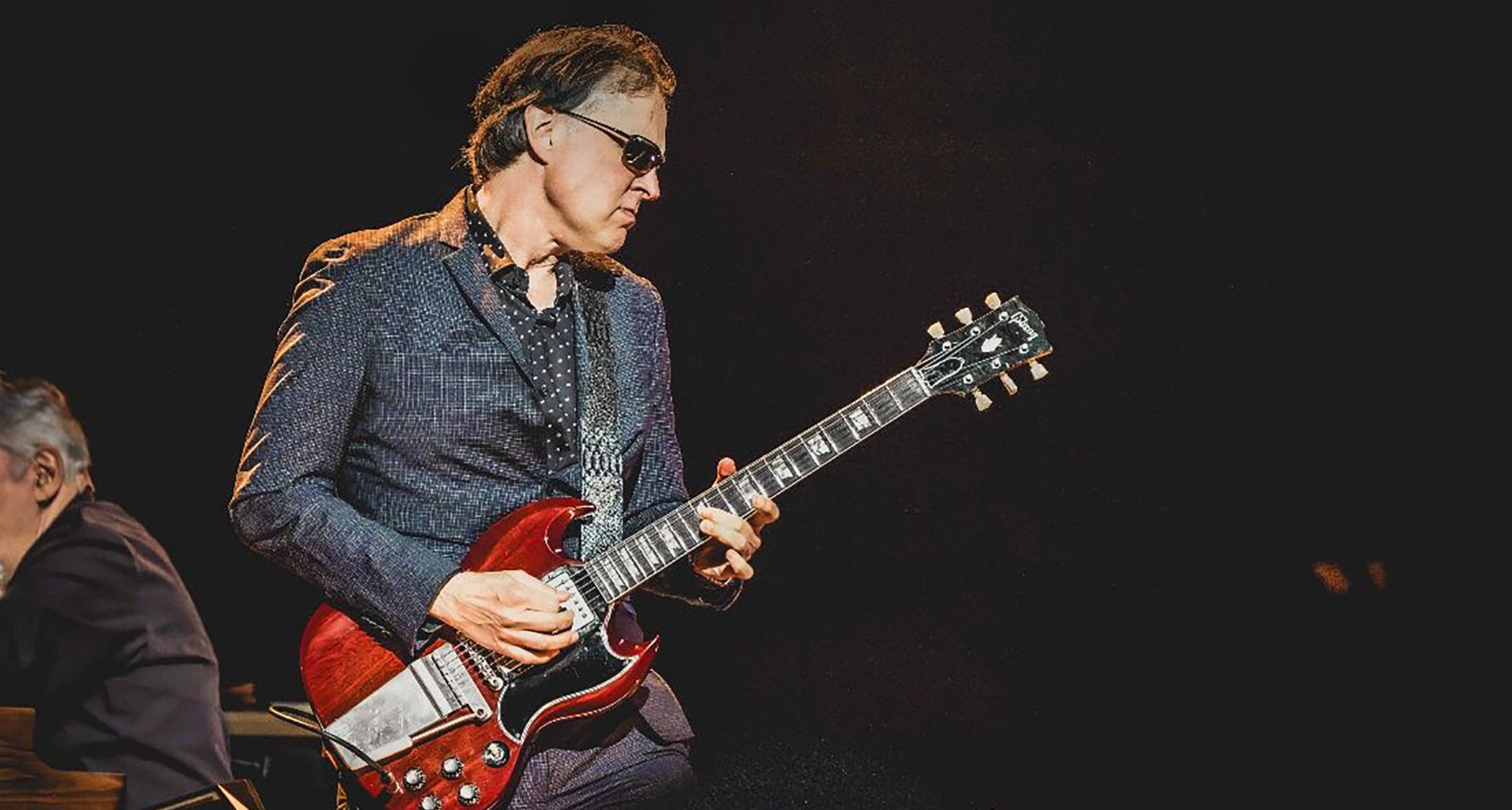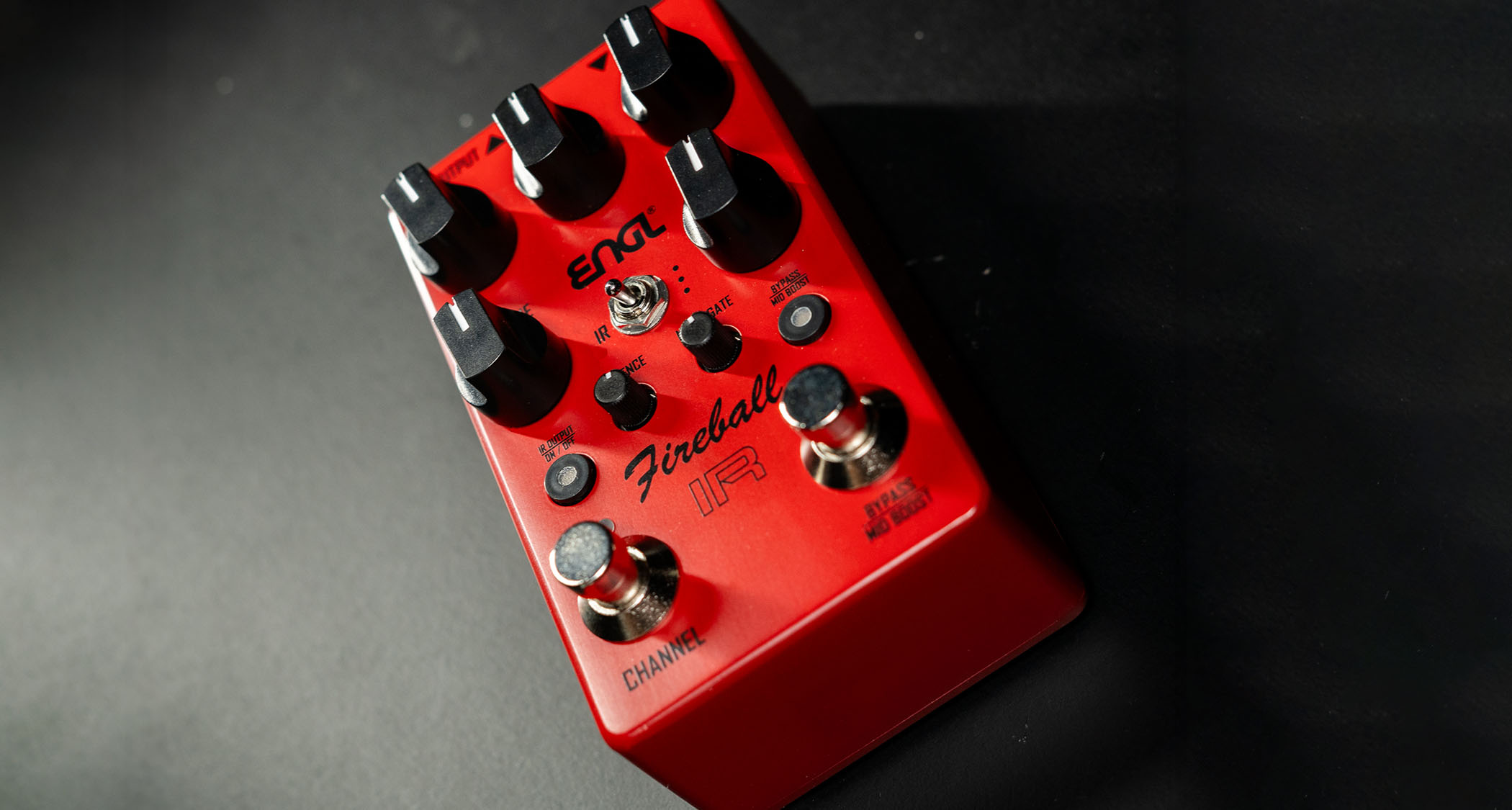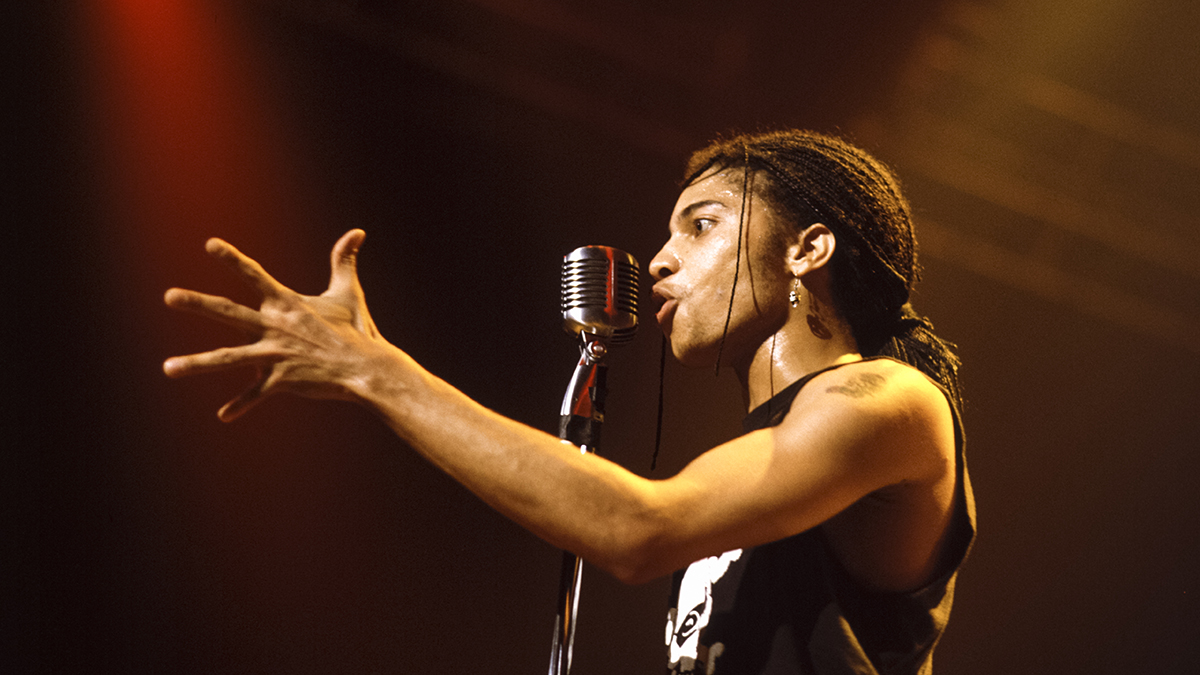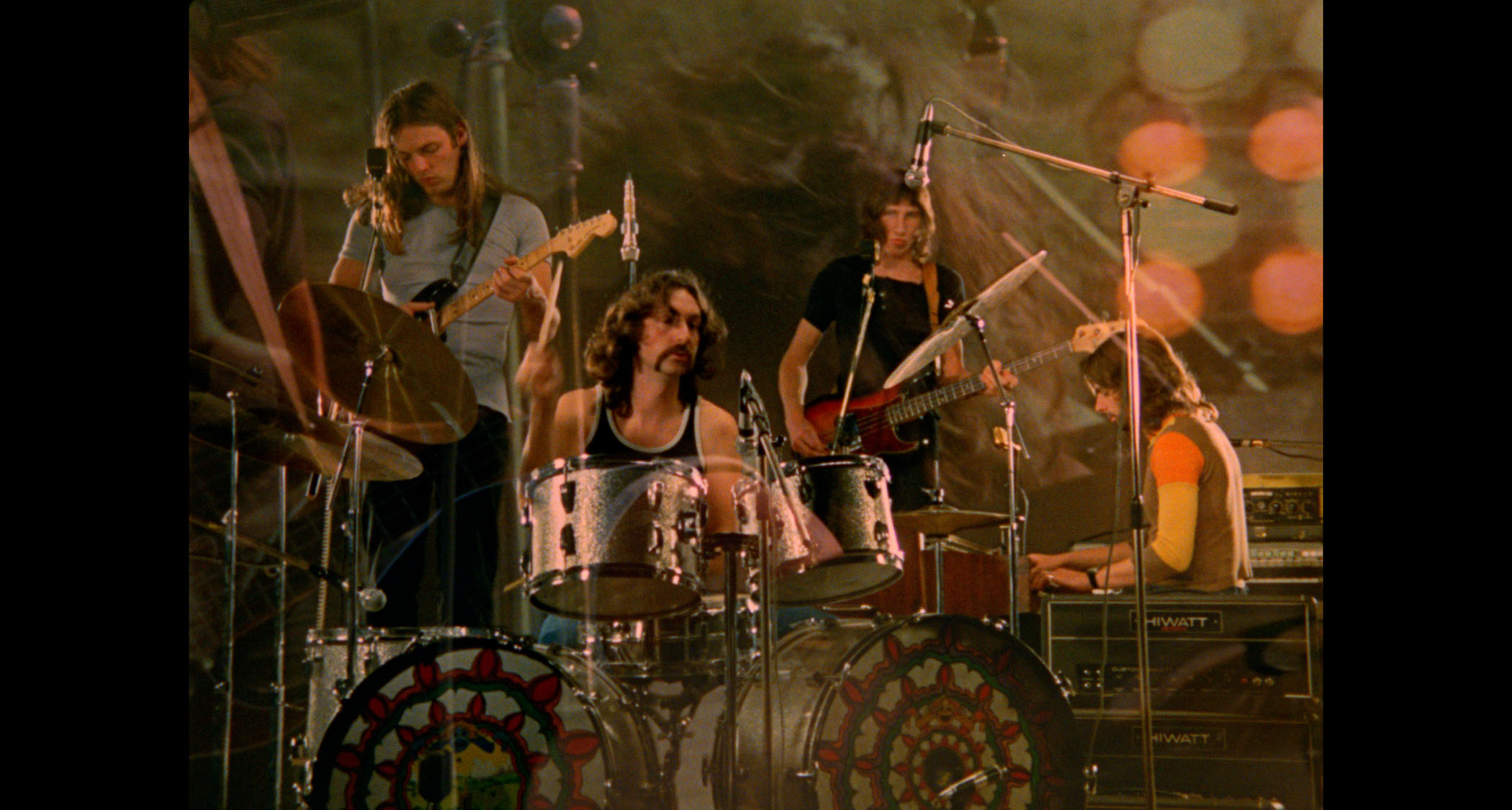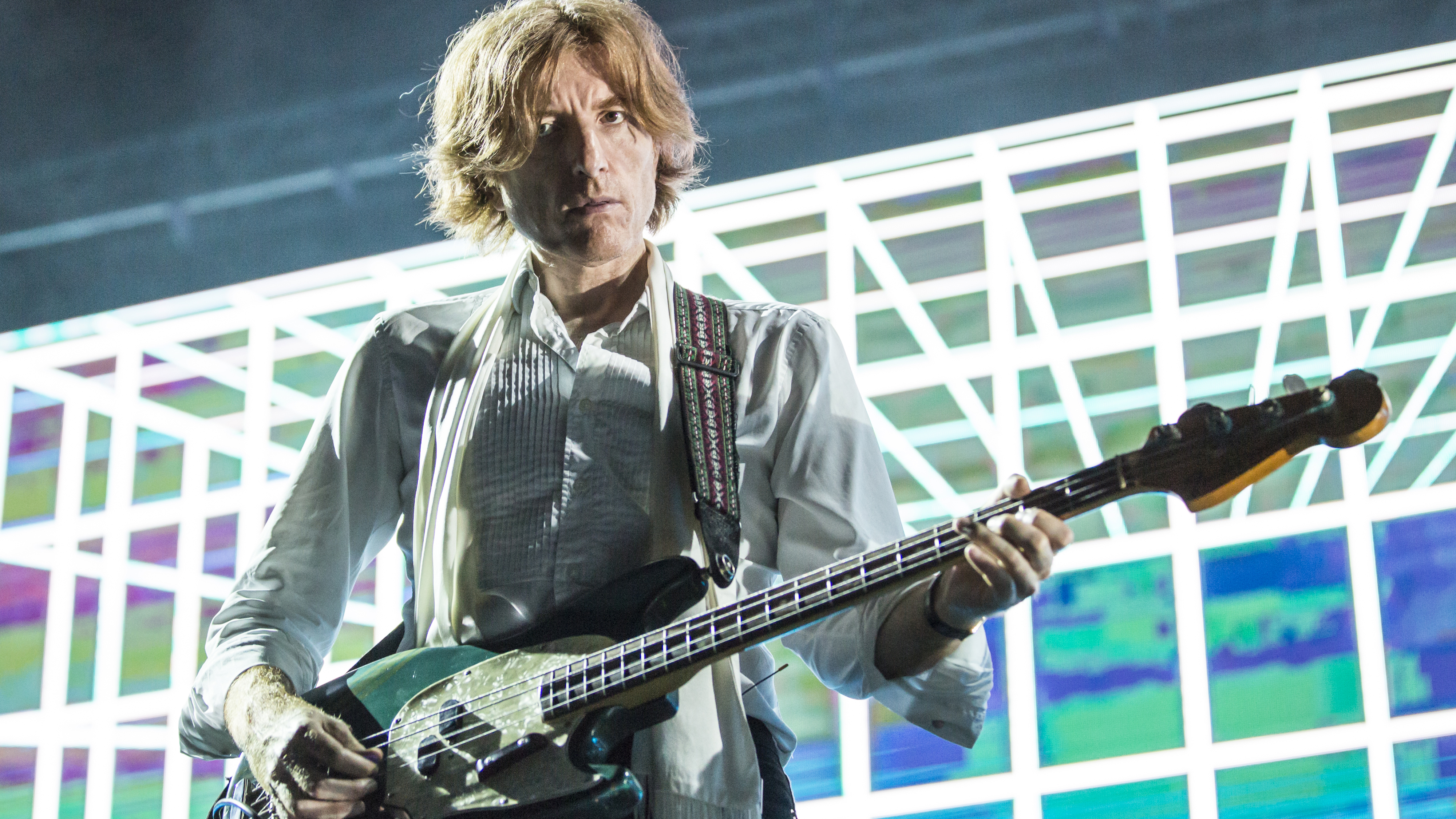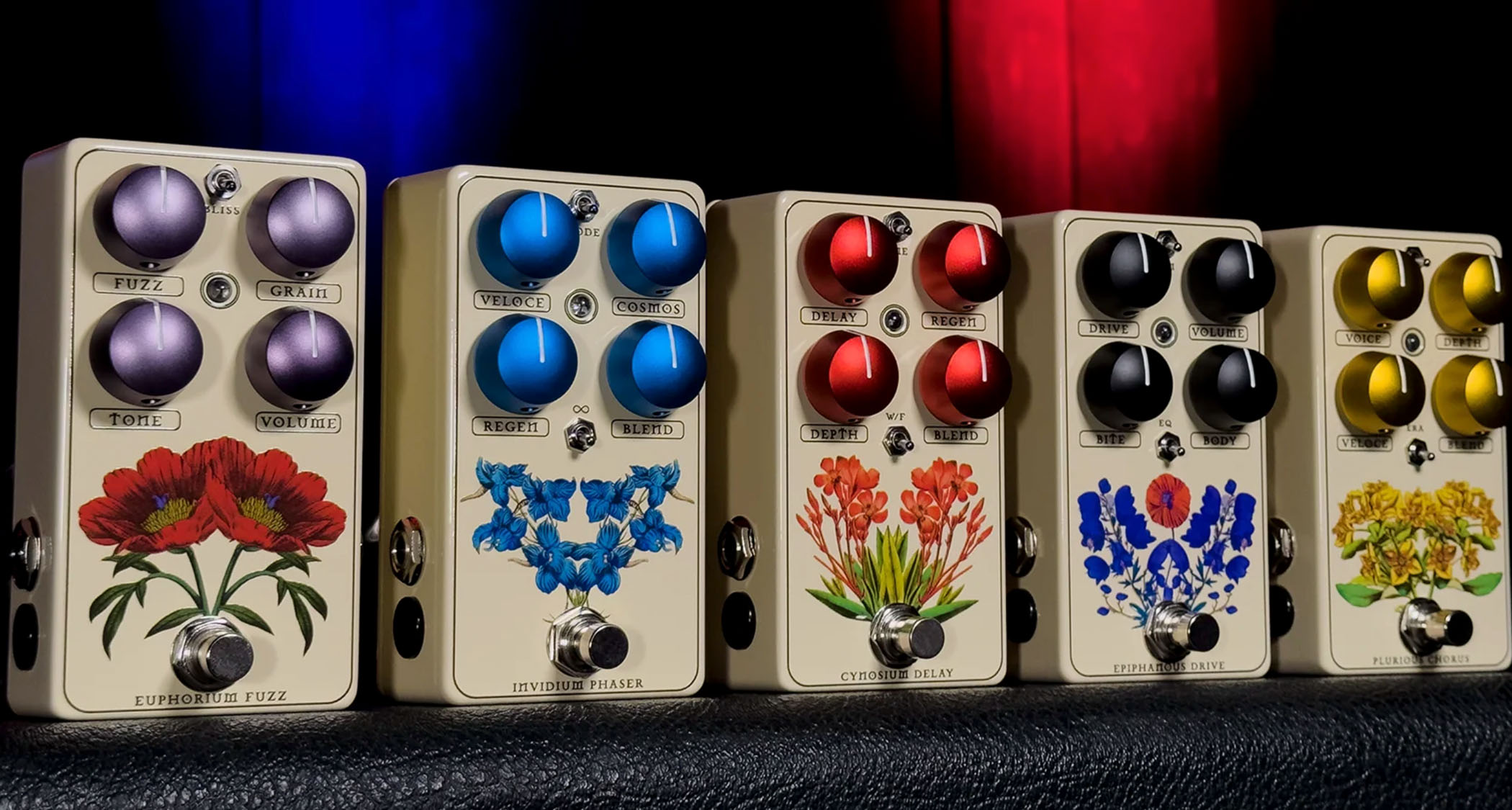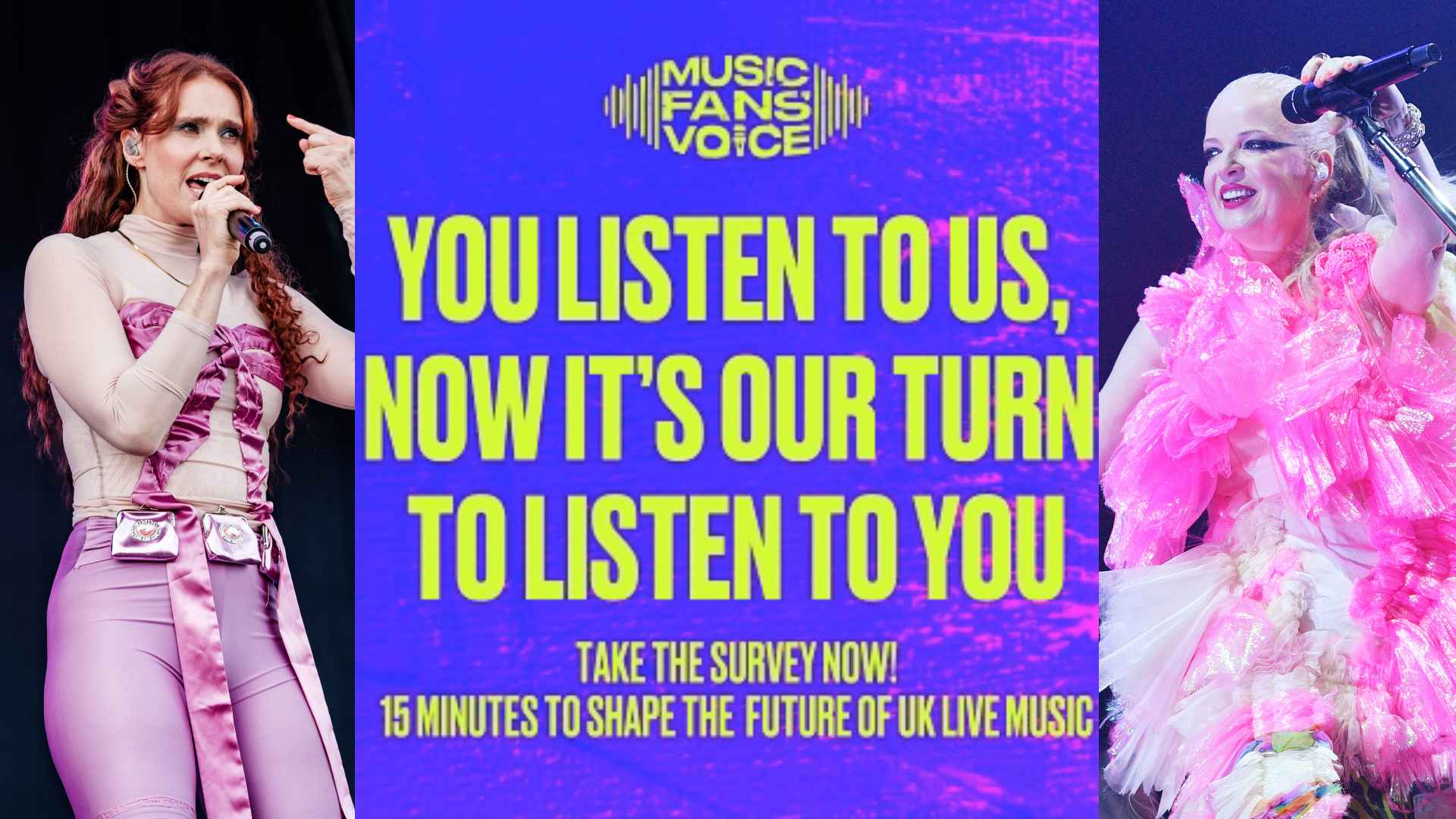François X: "I’m not wanting a wall full of modular synths, because I’d get lost!”
The leading light of Paris’s bustling underground techno scene has unleashed a mesmeric new LP Irregular Passion, showcasing a darker, cinematic side to his talents…
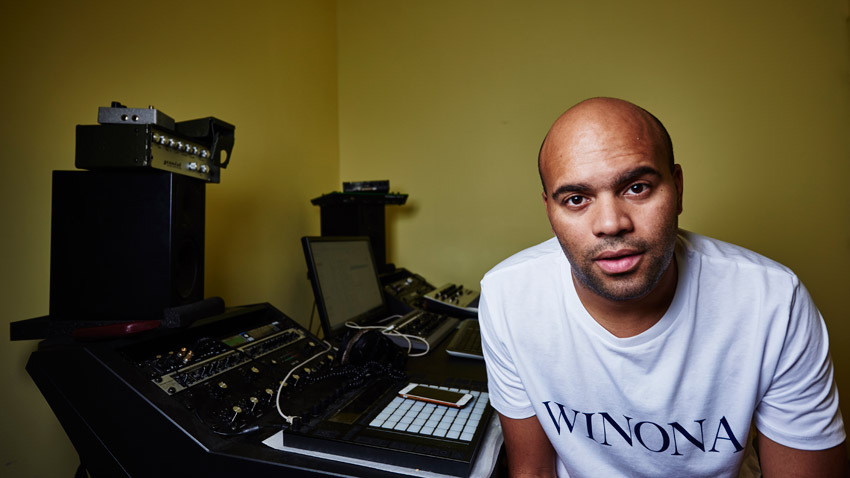
François X burst onto the underground house and techno scene with 2009’s Future Roots Vol 3 on the much respected Deeply Rooted label. His star continued to rise rapidly with a further two releases on Deeply Rooted before he co-founded his Dement3d imprint, which has served as a hub for his production work, collaborations and solo releases. Releases like 2013’s excellent Untitled EP and the following year’s Suspended in a Stasis Field have cemented François’ reputation as a techno producer par excellence, while his remixes and in-demand DJ appearances have assured his standing as one of Paris (and beyond)’s keenest exponents of electronica.
Irregular Passion is something of a love-letter to the nightlife of clubs and the people and places we explore in the small hours. François X journeys into more cinematic realms than he has previously explored. Tracks like the brooding, atmospheric Blurry Lust and Under Your Spell, and bass-driven juggernaut Rachael reveal a producer keen to stretch his palette and follow his muse in new directions. In parts, Irregular Passion could be the perfect electronic soundtrack to some dystopian-future movie. A lot of love and experimentation has gone into its filmic grooves… while successfully keeping one eye discreetly on the dancefloor that’s provided him his plaudits thus far. Literally just returned home from a successful promo trip to Japan, François X kindly gave us access to his ergonomic Parisian studio space and, stoically fighting off jetlag, talked us through his methodology and the musical philosophy behind the making of Irregular Passion.
Irregular Passion is a darker, more cinematic journey than we expected; how long has the album taken you to put together?
“To be honest, I couldn’t say for certain, because, at first, I wasn’t aiming at doing an album. I was playing with music for a couple of months and ended up with two or three tracks. At that point, it was more about diving into sounds - not really making music but building up sounds and being inspired by the movies I was watching and the surroundings.
“Normally, I’m known for making techno and more straightforward tracks, but at the beginning of this album, it was more about spending nights making atmospheres, playing with sounds or building pads. After a couple of months of experiments, I thought maybe it would be cool to make some music that wasn’t just aiming for the club. From then, it maybe took a month to create the music, then a little while longer to mix it and get the sound right. I spent 12-13 hours a day in the studio to do it all.”
Is it important to take time off from making music to make a pool of sounds to use later?
“Good question, because, if you knew how my production process works, you would possibly laugh. I’m not messy but… [laughs] I don’t have a regular set process. For me, I believe in fate and sometimes luck, so I let myself drift into making pads or whatever, but not necessarily to build a pool of things to use - it’s more just to get ideas flowing. Sometimes I’ll have a pad idea or maybe a drum structure and I end up not using either of them. It’s more about finding a direction then deciding which idea to follow.”
Get the MusicRadar Newsletter
Want all the hottest music and gear news, reviews, deals, features and more, direct to your inbox? Sign up here.
There are some familiar drum sounds on the album and some not so familiar. What’s your beat-making process?
“For the new album I used classic stuff at the beginning, like the 808, that I would filter down or resample. Sometimes I’d put a reverb on a drum, then resample the reverb, and that gave me quite a liquidy sound. Some of the percussion sounds were done that way too, and that gives that nice, blurry sound. So, it was mainly 808 along with some additional percussion from the Goldbaby libraries. It was really about resampling and resampling… sometimes the sounds are recognisable as 808 sounds, but sometimes I’d make them completely unrecognisable from the start.”
There’s a Roland TR-8 in your studio - did that get fired into use at any point?
“Sometimes. As I said, this album was mainly 808 samples and sometimes I sampled the structure of the drums and put some Goldbaby stuff on top. So, there’s some TR-8, some 808, and the Goldbaby 808 and MPC60 samples.”
Do you get swamped when you’re looking for drum sounds and samples online?
“At the beginning, when I started to use those sample libraries, yes, totally. Now I know what I want and my rule is to stick with one library - for example, the Goldbaby MPC60 library has 909 samples in it and other stuff, but I now stick with one folder or library and those are the tools I use. No more digging in other libraries because, for sure, it’s never-ending if you get into that!
“Something else I did on this album - when I had unfinished tracks and maybe if I was a bit stuck with them – sometimes new ideas would emerge and I would then have two track sketches. That’s another reason I wanted to use similar sounding drums and have a more coherent atmosphere across the album.”
Does having your own label, Dement3d, give you complete artistic freedom to make the music you want?
“It’s funny, because a few days ago I was chatting with a friend and told him that, in a way, I was lucky to have my own imprint and don’t have to go through the process of having to please an A&R guy. On the other hand, I never really think about it as I don’t really know what it is to have to create a release that fits for another label that has its own artistic direction and criteria. So, in one way, of course I’m freer.”
On the other hand, I never really think about it as I don’t really know what it is to have to create a release that fits for another label that has its own artistic direction and criteria. So, in one way, of course I’m freer.
Your studio setup is quite minimal. How did Softube Console 1 find its way into your workflow?
“It’s minimal now, but when I started, I was like everyone else, wanting that machine and that synth. At the end of the day, you don’t actually use a large percentage of it! You also don’t master any one element of your studio setup, so I reached a point where I decided that I didn’t need lots of synthesisers. I used to have the complete set of Elektron machines, Analog Rytm, Analog Four… and they were great but too complicated for my workflow - too many sub-menus that took me away from a more instinctive way of working. I need to have the sounds quickly.
“One thing that’s important for my music is EQ, and I was looking for something tactile and hands-on that could reproduce that feeling of tweaking the knobs on a big mixing console. I’m not that musical geek guy that’s looking at every frequency; I’m more about the human and psychic feel of it. I wanted that physical interaction while, at the same time, not looking at my computer-screen. I discovered the Console 1, maybe through Future Music or MusicRadar, and I’ve had it for a year now and it’s a real weapon for me. It’s basically one channel of an SSL 4000, which you can upgrade to an SSL 9000XL. For me, it’s really helpful and I can shape my music much more instinctively than using a mouse!”
So, it’s quickly become an integral part of your workflow then?
[laughs] “I could talk about it for hours… it’s become a continuation of my body! It allows me to add a lot more colours to my music. To me, it’s really important to have a sound in a track then maybe add character and life to it. When I was doing everything in the box and doing everything with a mouse, I was looking at the EQ curve on a screen, and in the end, the sound becomes really plastic.
“If I was to replace it, I wouldn’t buy a small mixer, it would have to be with one of the large consoles, like a Neve. I have to have that feeling of touching the knobs and faders and tweaking the sound. The mouse remains quite an anti-musical device in the musical process, but nowadays it’s the most common way for producers.
“Now I’m also looking at things like the Avid Remote with faders… I’m wanting a controller but with the feel of a big console.”
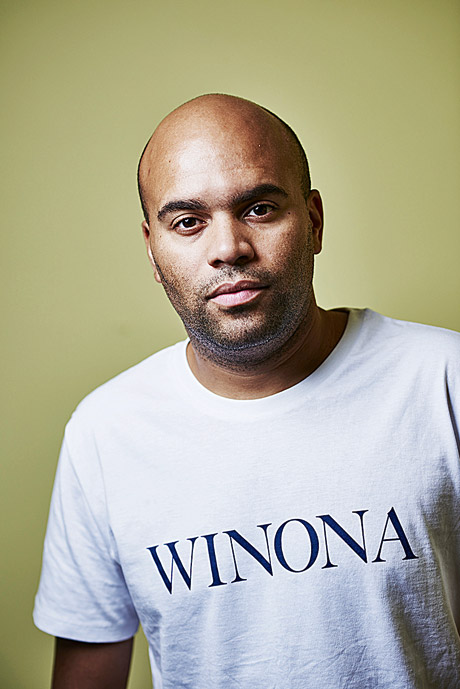
What’s everything going into?
“Ableton and that’s it. I started doing music with it. Back in the day, a lot of my friends were using Logic or Pro Tools, but they felt a bit too mathematical for me! Actually, I did initially start out with Reason for a few months; but when I found Ableton, I just used it. For me, the workflow is easy and quick. I know some people say the sound engine isn’t the best but, for the moment, I think I can produce really good sounding stuff with it, so I’m sticking with it.”
Are you using Live Racks or any of the native effects in Live?
“I have loads of plugins but I do use a lot of the Live ones, because they’ve improved many of them and some were done in collaboration with Softube. I like the Auto Filter in Live, which now lets you switch and select differently modelled filters. Another one I use a lot is EQ 8, which I think is amazing. It’s really transparent and precise. The Live compressor is great for sidechaining, and the gate is good too.”
What about other plugins?
“A synth I use a lot is [Vember Audio’s] Surge, which is brilliant. You have three oscillators and a shitload of waveforms - all the classic ones and others like the Waldorf-type waveforms. There’s a bunch of sampled waveforms from guitars and cellos too. Everything can be assigned to everything else. It’s an amazing synth and really easy to use.
“I use a lot of the brainworx plugins, like Control V2 and the Hybrid V2 mastering EQ. They’re super-effective on your mono/stereo frequencies, and I use these a lot to control the bottom in my mixes.”
Reverbs and delays?
“I was using the Valhalla Room plugin all the time, but nowadays I’m more using my Yamaha SPX90 - but I sometimes combine them. In terms of plugins, I used a bit of the Arturia Minimoog, and I really use the AudioRealism ABL2, the 303 replica, which is amazing. TAL Audio’s Bassline-101 is another one I love, and the TAL-Uno-62. In terms of effects plugins, I’m using Waves’ Kramer Master Tape to add some tape saturation. For delays, I use the Ensoniq DP/4 a lot just now. It sounds great but sometimes it needs EQing a lot!”
What do you use the Ableton Push 2 interface for when you’re working?
“Sometimes with the Goldbaby sample libraries there are pre-built kits, so I use Push 2 to feel like an MPC and maybe compose the beats. The controllers are good if you want to record a session, as Push 2 lets you tweak your plugins’ functions without assigning anything. With the first generation Push, you had to assign everything and you had to really program the thing, whereas now it’s automatic and you can tweak, for example, the oscillator of your soft synth quickly.”
Anything you can see adding to your studio in the near future?
“I was in Japan a few days ago. I was invited to the Roland showroom and tried the Boutique D-05 version of their old D-50 synth. I’m going to get one as soon as I get back to Paris. One other thing I’m after is a Cartec EQP-1A, which is a clone of the Pultec EQ. So, I may replace the DJR100, which is a rotary mixer, but I’m using it more as a pre-amp. I’m starting to build a DJ booth in the studio, so maybe I’ll take it back to its primary function and replace it with the Cartec. I was using a lot of the Softube plugins to reproduce the Pultec EQ sound. Those are the only things I want - I’m not wanting a wall full of modular synths, because I’d get lost!”
Irregular Passion is out now. Check out the official François X website for info and tour dates.


Future Music is the number one magazine for today's producers. Packed with technique and technology we'll help you make great new music. All-access artist interviews, in-depth gear reviews, essential production tutorials and much more. Every marvellous monthly edition features reliable reviews of the latest and greatest hardware and software technology and techniques, unparalleled advice, in-depth interviews, sensational free samples and so much more to improve the experience and outcome of your music-making.
"I said, ‘What’s that?!’ He looked at me strange and said, ‘We’re line checking. We’ll be gone in five minutes’. I said, ‘You won’t - meet me in that room in 10 minutes’": How a happy synth accident inspired a US number 1 single for Terence Trent D’Arby
What’s the buzz? Meet Yellowjacket, Cherry Audio's recreation of EDP’s trend-setting Wasp from 1978

